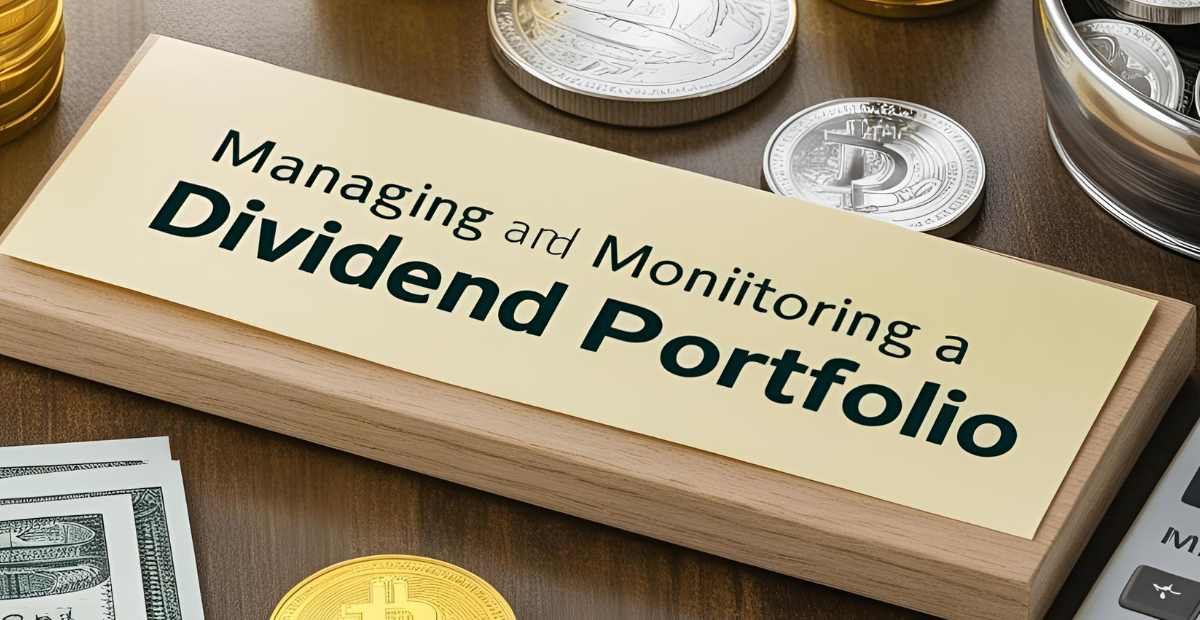Investing in dividend stocks is a powerful strategy for building long-term wealth and generating passive income. However, one of the most frequently asked questions among investors is: How many dividend stocks should I own? The answer to this question depends on various factors, including portfolio size, risk tolerance, diversification needs, and investment goals. In this article, we will explore the ideal number of dividend stocks to hold and provide insights into constructing a balanced and profitable dividend portfolio.
Why Diversification Matters in Dividend Investing
Diversification is a fundamental principle in investing that helps mitigate risks while maximizing potential returns. Owning multiple dividend-paying stocks across different industries and sectors can help reduce the impact of poor performance from any single company. Here’s why diversification is crucial:
- Reduces Company-Specific Risk: If one company cuts its dividend or underperforms, the overall impact on your portfolio is minimized.
- Enhances Stability: A well-diversified portfolio of dividend stocks provides more consistent income.
- Balances Market Fluctuations: Different sectors perform differently in various market conditions, reducing overall volatility.
Ideal Number of Dividend Stocks for a Portfolio
1. The Minimum: 10-15 Stocks
For investors who prefer a concentrated portfolio while still maintaining a level of diversification, owning 10 to 15 high-quality dividend stocks across multiple sectors can be a solid strategy. This allows for deep research into each stock while spreading the risk across different industries.
2. The Balanced Approach: 20-30 Stocks
Most dividend investors find that holding 20 to 30 dividend stocks is the sweet spot. This level of diversification ensures that no single company dominates the portfolio while still being manageable for research and tracking. Benefits of this approach include:
- Exposure to multiple industries (e.g., healthcare, technology, utilities, consumer goods, etc.).
- Reduced volatility and greater income stability.
- Avoidance of over-concentration in any one sector.
3. The Highly Diversified Portfolio: 40+ Stocks
For larger portfolios or investors who prefer extensive diversification, holding 40 or more dividend stocks can be beneficial. This approach is ideal for those who:
- Want to mimic dividend-focused ETFs but with more control.
- Have substantial capital to deploy across multiple companies.
- Are looking for global diversification, including international dividend stocks.
Factors to Consider When Determining Portfolio Size
1. Portfolio Size and Capital Allocation
The amount of capital available for investment plays a crucial role in deciding how many dividend stocks to own. A small portfolio with limited capital might be best served by holding a concentrated selection of high-quality dividend stocks rather than spreading capital too thinly.
2. Dividend Yield and Growth Balance
A well-structured dividend portfolio should balance high-yield stocks (for immediate income) and dividend growth stocks (for future compounding). This means owning stocks across different yield levels to maximize both income and capital appreciation.
3. Industry and Sector Allocation
Owning dividend stocks across various sectors ensures that the portfolio is not overly exposed to one industry. A good rule of thumb is to have exposure to at least five different sectors, such as:
- Consumer Staples (e.g., Procter & Gamble, Coca-Cola)
- Technology (e.g., Microsoft, Apple)
- Healthcare (e.g., Johnson & Johnson, Pfizer)
- Financials (e.g., JPMorgan Chase, Bank of America)
- Utilities & Energy (e.g., NextEra Energy, Chevron)
4. Dividend Reliability and Growth History
Investors should focus on companies with consistent dividend payments and a history of dividend increases. Look for stocks that are part of Dividend Aristocrats (companies that have increased dividends for 25+ consecutive years) or Dividend Kings (companies with 50+ years of dividend growth).
Managing and Monitoring a Dividend Portfolio
Once you’ve built a diversified portfolio of dividend stocks, it’s crucial to monitor and rebalance it regularly. Here are some best practices:
- Review Earnings Reports: Keep track of financial performance and dividend policy changes.
- Reinvest Dividends: Use dividend reinvestment plans (DRIPs) to compound wealth.
- Adjust for Market Changes: Sell underperforming stocks and reallocate funds to stronger dividend-paying companies.
- Maintain Sector Balance: Ensure that no single industry makes up more than 20-25% of your portfolio.
Common Mistakes to Avoid
1. Owning Too Few Stocks
Holding only a handful of dividend stocks can expose an investor to unnecessary risks. A sudden dividend cut or poor stock performance can significantly impact income and total returns.
2. Over-Diversification
While diversification is important, owning too many stocks (e.g., 50-100+) can dilute returns and make portfolio management difficult. It becomes harder to research and track every company effectively.
3. Ignoring Dividend Safety
Always analyze payout ratios, cash flow stability, and debt levels to ensure that dividend payments are sustainable. High yields can sometimes signal financial distress.
Conclusion: Finding the Right Balance
The optimal number of dividend stocks to own depends on an investor’s goals, risk tolerance, and capital. A well-diversified portfolio of 20-30 stocks across multiple sectors is generally ideal for most investors. This strategy helps balance risk, maintain income stability, and capitalize on dividend growth opportunities.
By carefully selecting quality dividend stocks and regularly reviewing your portfolio, you can maximize both income and long-term capital appreciation.

